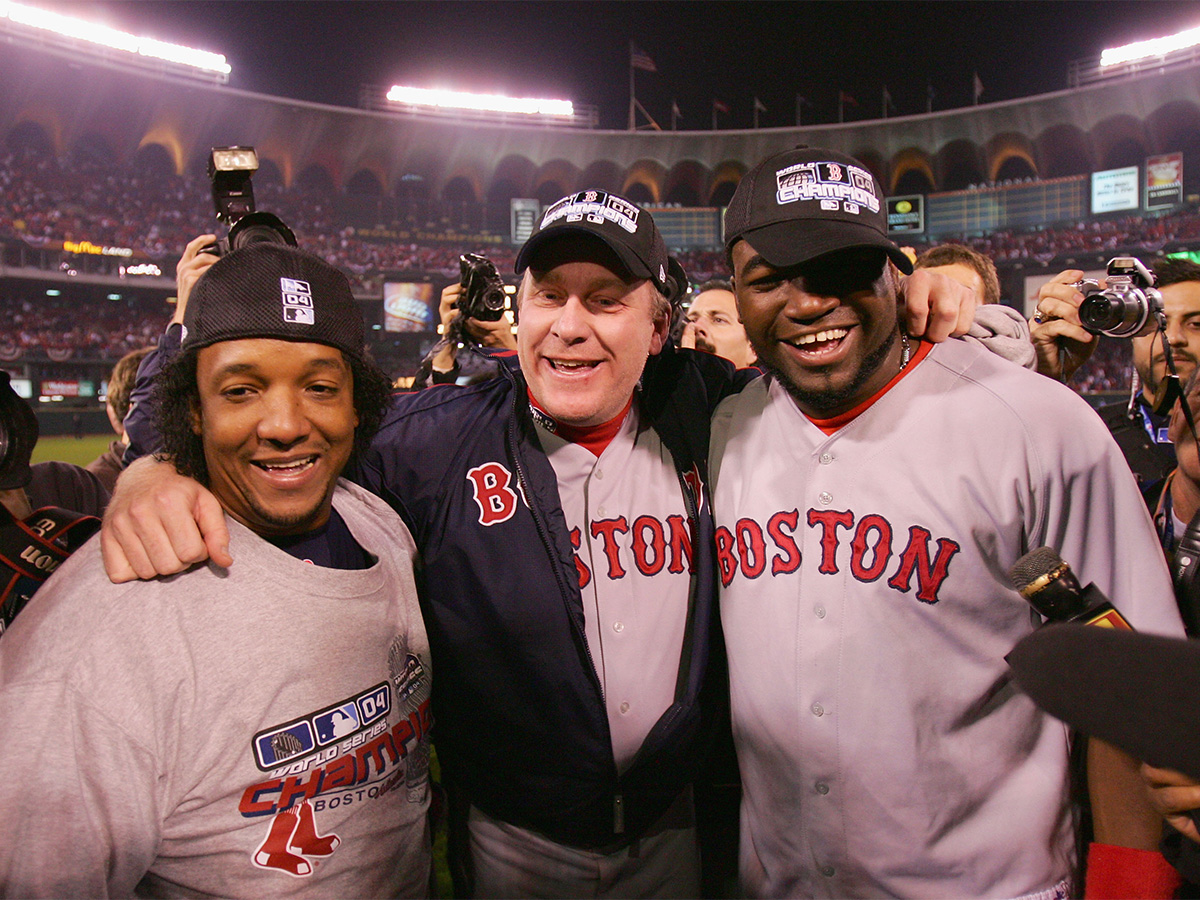All is right in the baseball world. OK, so not even close to “all” but there’s at least one thing that’s right. And that is that Red Sox legend David Ortiz has been elected to the Baseball Hall of Fame.
There’s a chance we look back on Ortiz’s enshrinement in Cooperstown as a major breakthrough for the Hall. He’s not the first designated hitter to be inducted – that would be Edgar Martinez – but he’s the firstso-called “steroid guy” to bypass the self-important gatekeeping that ultimately kept clear Hall of Famers like Barry Bonds and Roger Clemens out (more on them later).
And all we ever even had on Ortiz was that he once tested positive for a banned substance in 2003, and the substance in question wasn’t even confirmed in the first place. The point, here, is that Ortiz proved his greatness over and over with his transcendent October resume, and probably would’ve proven it with or without steroids. So, good on the baseball voters (most of them, anyway) for doing the right thing and granting a Hall of Fame plaque to the guy who was arguably the face of baseball throughout his Red Sox career.
It’s promising to see that they’ve let that positive test slide and put him in alongside those other, totally clean Hall of Famers who just somehow hit a ton of home runs right at the height of the steroid era. It’s remarkable when you think about it that Ken Griffey Jr., Jeff Bagwell, Frank Thomas, Mike Piazza, Chipper Jones, Vladimir Guerrero, Jim Thome, and Larry Walker somehow matched all those filthy steroid guys homer-for-homer right in the ’90s and 2000s, and did it completely naturally.
Legend.
— Red Sox (@RedSox) January 25, 2022
All-time great.
𝙁𝙞𝙧𝙨𝙩-𝙗𝙖𝙡𝙡𝙤𝙩 𝙃𝙖𝙡𝙡 𝙤𝙛 𝙁𝙖𝙢𝙚𝙧. pic.twitter.com/Itzn9qbQec
Snark aside, it’s about time that people start voting in players for their talent and what they meant to the history of the game. That’s ostensibly their main goal, to “preserve baseball history.” It’s impossible to tell the story of the game of baseball without David Ortiz.
For that matter, you can’t tell the story of baseball without Bonds or Clemens, either. So it’s unfortunate that they got snubbed, while they’re waving in the “very good” like Wendell Kim (RIP). Mike Mussina, Craig Biggio, and Bert Blyleven are Hall of Famers but Bonds, Clemens, Manny Ramirez, Alex Rodriguez, and maybe Ortiz are not? That’s a shame.
Anyway, end rant. Ortiz was the only one officially voted into Cooperstown on Tuesday, while several notable others missed out. Here’s more on the biggest names.









